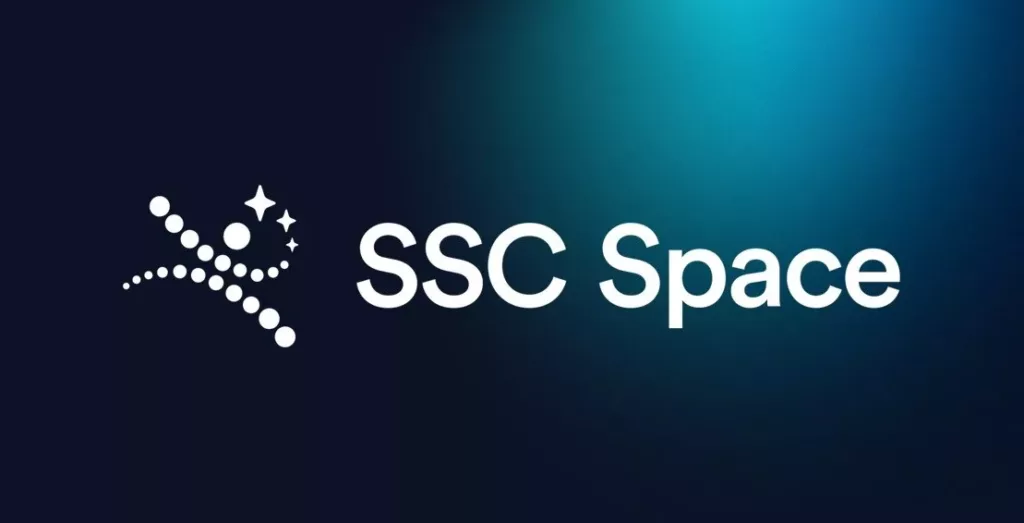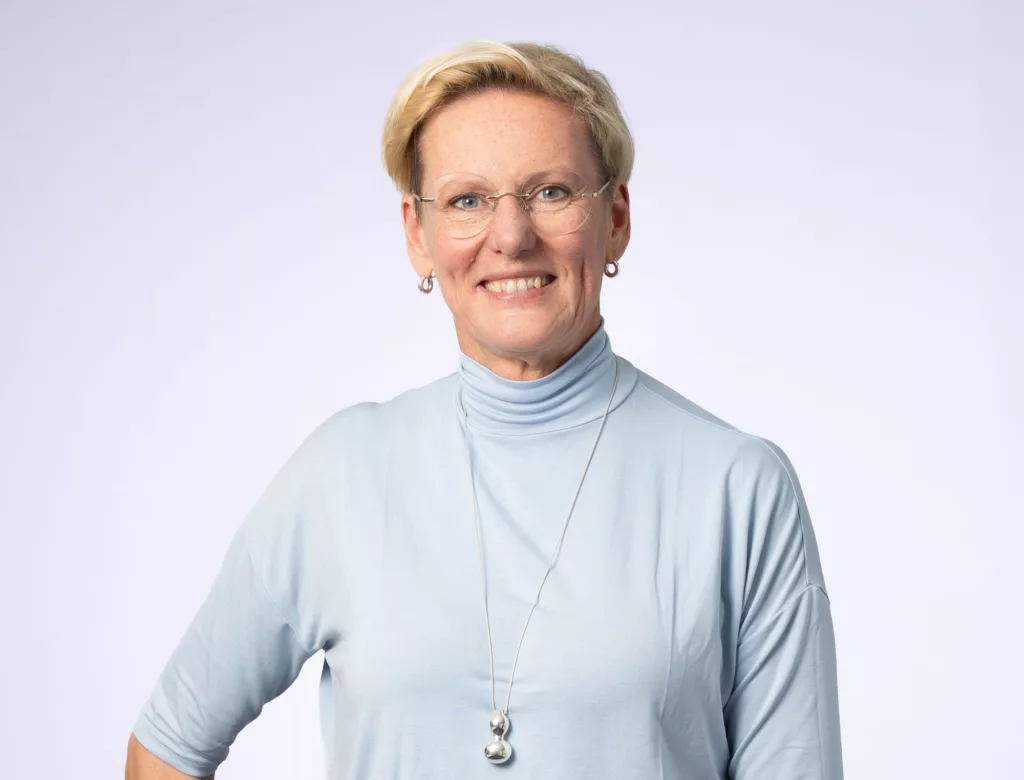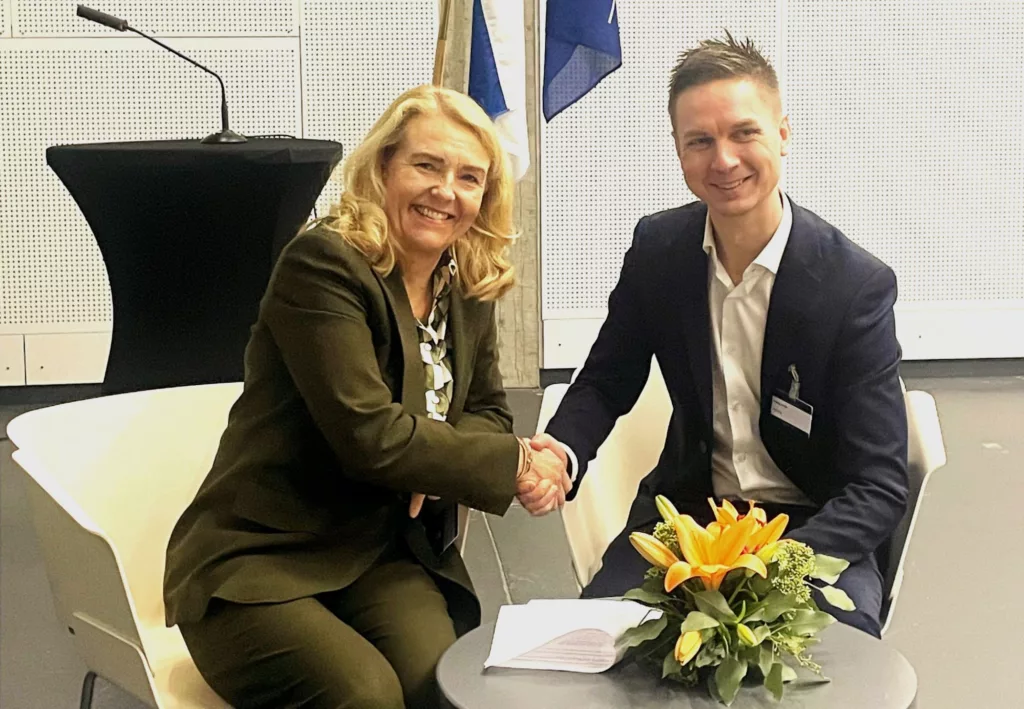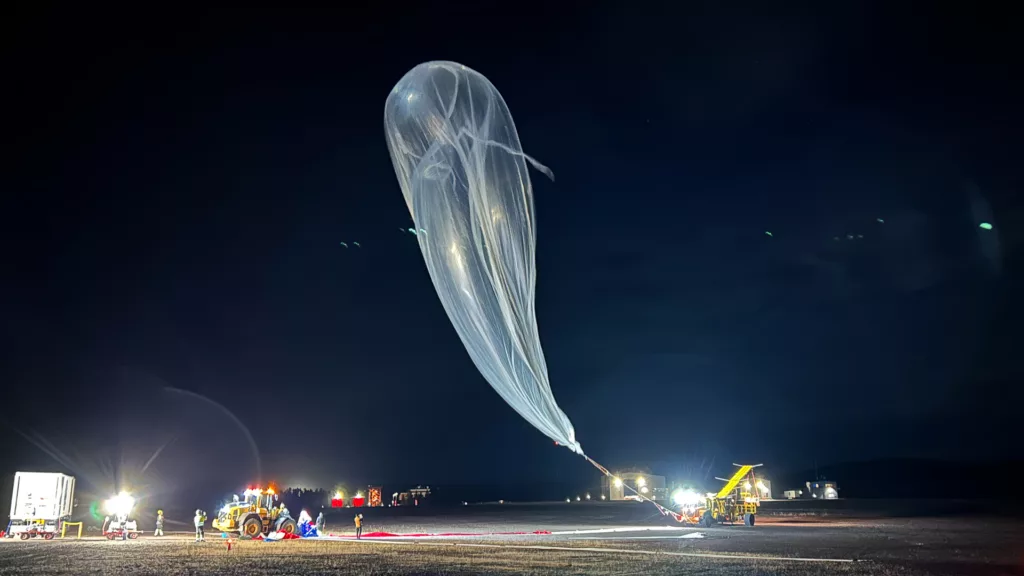Today, only around ten countries have the capability to launch satellites into space. When SSC inaugurated our orbital launch complex at Esrange Space Center in 2023, Sweden became a member of this exclusive group. The maiden launch at Esrange is now closer than ever, and a new historic partnership with South Korean rocket manufacturer Perigee Aerospace is a key component.
The ambition to launch satellites from Esrange Space Center has pretty much been there since the base was established, and today, 60 years later, that dream of orbital launches from EU mainland is close to reality. Since 2014, SSC has worked on the organization, the infrastructure and the strategy to create a Swedish orbital launch program. As a result, Esrange Spaceport was inaugurated last year to host satellite launches.
“It feels a bit like we’re closing the circle. From the construction of Esrange in the 60’s to the introduction of satellite communication services in the 80’s, as well as designing and manufacturing satellites in the 80’s and 90’s, we will now launch them from Sweden. Since this project started, we have had a clear vision, but the results have far surpassed our imagination and now it really feels like this is an important part of global space history,” says Philip Påhlsson, Vice President Strategy and Project Manager of New Esrange, SSC.
State-of-the-art orbital launch service
It is fair to say that this is not your everyday project. From the infrastructure itself – launch pads, buildings, storage rooms, offices, electricity and water supply – the team has managed thousands of gravel transports, developed advanced rocket communications systems, built new control centers and procedures for a variety of mission types and performed hundreds of flight simulations to ensure safe launches, not to mention continuous contact with governments, agencies and future customers.
“Launching satellites into orbit is a not an easy task. Only around ten countries have the capability to launch satellites into space. This is a major accomplishment for SSC but also for Sweden as a space nation, although our ambitions keep growing every day. The next logical step would be to enlarge the facility’s capabilities into a full launch service provider,” says Ludvig Sjöberg, Chief Engineer of Orbital Launch & Rocket Test, SSC.
The first awaited satellite launch from Esrange is scheduled for 2025, made possible by SSC’s first rocket partnership with Perigee Aerospace Inc., a privately owned developer and manufacturer of orbital and sub-orbital launch vehicles. Perigee will make its Blue Whale 1 micro launcher an official partner for launches from the smaller launch pad (LC-3A) at the new launch facility.
“SSC has an impressive launch heritage and the new orbital launch infrastructure at Esrange has secured their future. To it, we bring Blue Whale 1 which is soon ready for orbital missions. Together with SSC, we are determined to create a state-of-the-art orbital launch service. After a successful orbital launch in South Korea later this year, we will make ourselves right at home at Esrange. We look forward to beginning this historic journey in Europe,” says Yoon Shin, CEO and Founder of Perigee.
A Blue Whale in Space

The Blue Whale 1 (BW1) is a two-stage orbital launch vehicle with the capacity to place up to 200 kg into a 500 km Sun-Synchronous Orbit. Together, SSC and Perigee will share the payload space onboard Blue Whale 1 to make room for both companies’ customer bases – collectively under one service. Enforced by the SSC Connect global ground station network, Esrange will also act as a node to supplement this launch offering with satellite ground station services.
This rocket is already designed to be reusable, but to be able to reuse the rocket, the downrange landing site needs to be prepared as well. For now, the focus is to provide the vehicle’s orbit insertion capability, but the aim is for the rocket to be fully reusable in the future.
In addition to that, the rocket has an efficient engine that is unique, and nearly all parts of the rocket are built in-house by Perigee. The fuel consists of methane and liquid oxygen, which is one of the more environmentally friendly fuel options and means that the BW1 rocket emits far fewer carbon pollutants into the atmosphere. This also enables higher engine performance and better reusability. In the future, the goal is to also incorporate biomethane, which is even better for the environment.
“The next step is to adapt the launch site for the BW1 rocket and install Perigee’s system at Esrange, as well as preparing the operational centers at the base where the rocket will be controlled. The upper stage of the rocket is completed, and right now the development and production of the main stage is in process,” says Yoon Shin.
A perfect match – with endless possibilities
For Europe, the orbital launch facility at Esrange is a much-anticipated asset. The convenience of everyday connectivity as well as important insights into the changes on our planet means that more satellites will be needed in the future. Meanwhile, the new launch capability will be of great importance for Europe and the West in the current geopolitical climate.
“The market need for this service is huge. And it is needed now, by both European and international satellite owners. The development of Perigee BW1 has perfectly timed the establishment of the orbital launch complex at Esrange. This micro launcher is an ideal match for our smaller orbital launchpad (LC-3A). Together we will create this launch service capability for the whole space market,” says Philip Påhlsson, Vice President Strategy and Project Manager of New Esrange, SSC.
“SSC and Perigee are a perfect match. They are at the forefront of technology and are very skilled at what they do, which is one of the reasons we wanted to partner with them. But the most important thing has been the culture and the great collaboration between SSC and Perigee. We have worked together as a team and we can trust each other, which is important in any kind of long-term collaboration,” says Henrik Pettersson, Vice President of Business Development, Science and Launch Services, SSC.
More to come
While Blue Whale 1 will occupy the smaller launch pad (LC-3A) at the orbital launch complex, the preparations continue for the facility’s two other launch pads. Europe’s program for reusable rocketry, called Themis, is set to conduct hop-tests at pad LC-3B.
The facility also stands ready with room for future European rocket partners who may wish to launch orbitally from Esrange. Potential candidates are the two leading European rocket developers currently testing their rockets and engines at the Esrange testbed facilities.
“SSC has a long heritage of providing access to space including sounding rocket launches, rocket testing, and our ground station network. With this rich experience, combined with new capabilities for orbital launch plus Perigee’s launch vehicle and team, we will become an important player in the European space launch market. The new era has only started, stay tuned for more developments along the way,” concludes Henrik Pettersson.
Top image credit: Perigee











